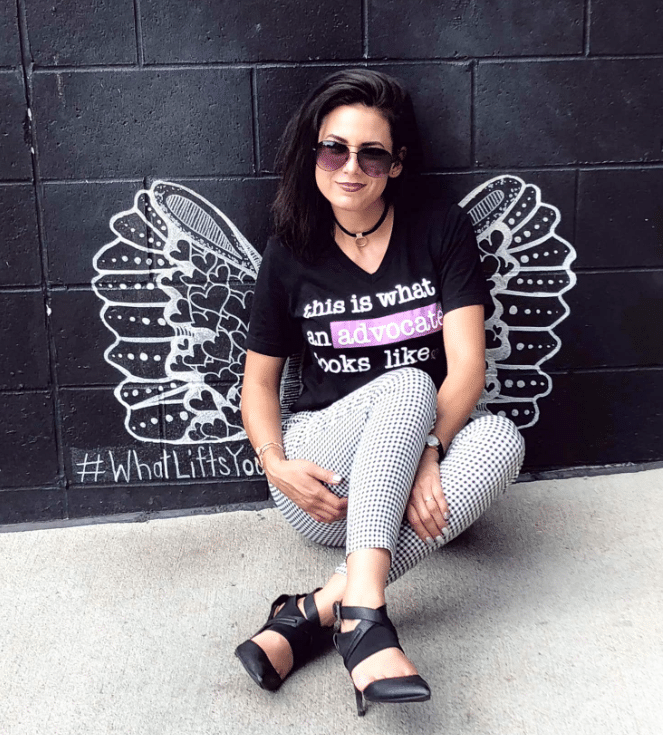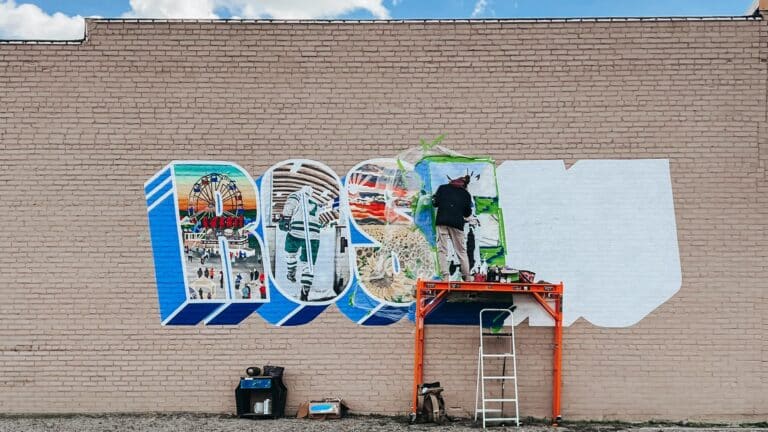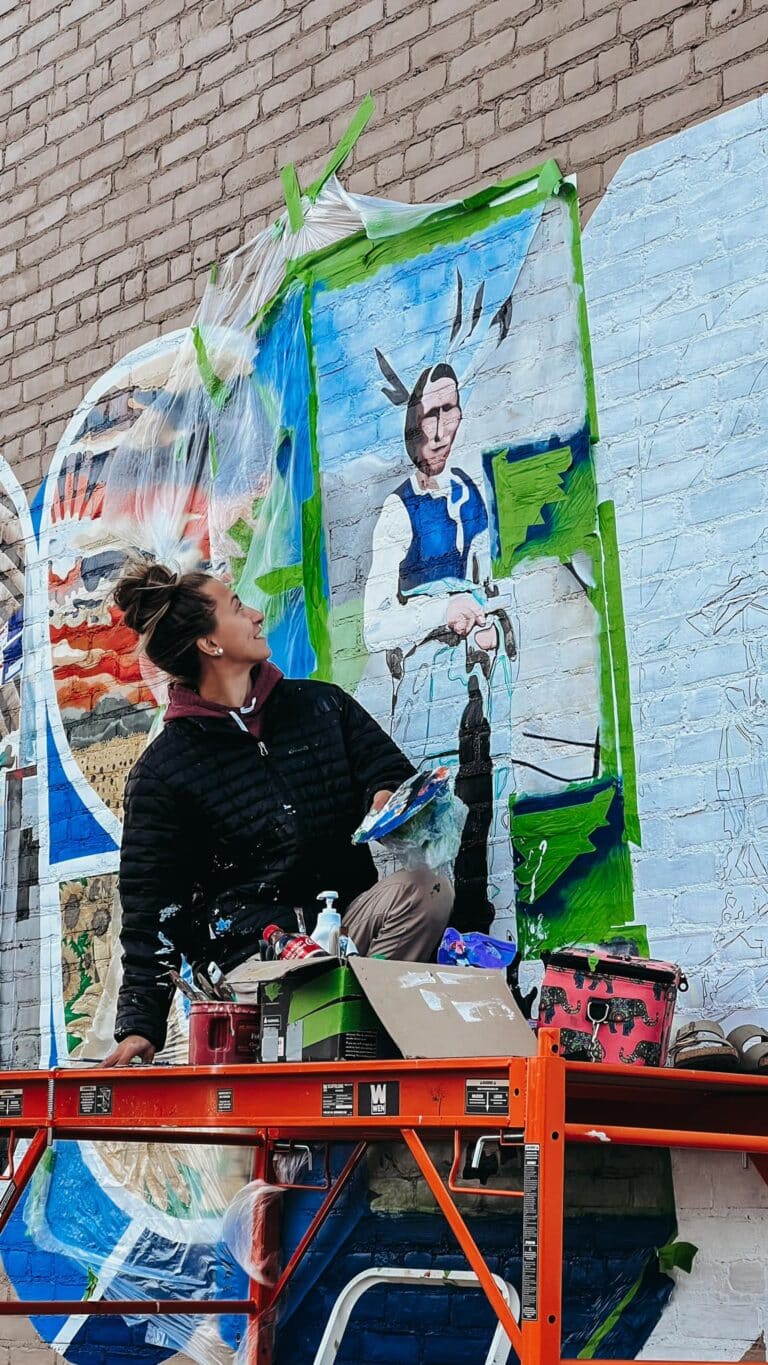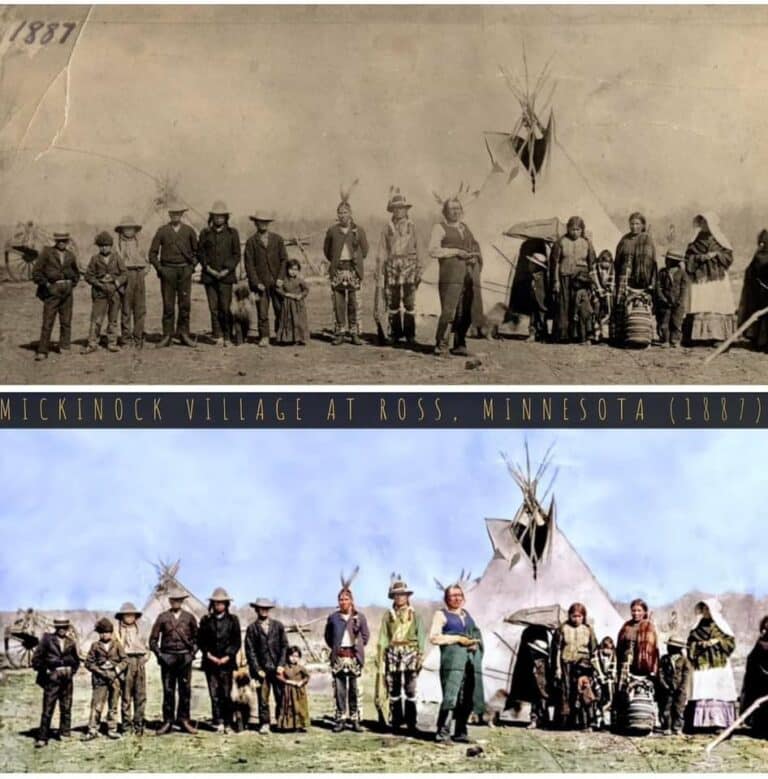An Indian Families Legacy Remembered in a New Roseau Mural
It’s incredibly wondrous to me that my family has roots to this land before it was “Roseau County.”
Kayla James - Roseau Tweet

Kayla James is a native of Roseau. Her families roots date back to before the county was formed. Her family tree branches out to include the first Indians to settle the northwest border of Minnesota. She is a business owner, mother and a great great grand daughter to one of the first known settlers in Roseau County.
In recent months, the Roseau Civic and Commerce Board commissioned local artist and Roseau High School graduate Angelina Korb to create a 30X20 foot mural depicting history and lifestyle of Roseau past to present. Kayla James was honored to see her families legacy honored in the art. The mural will also depict the over a century old Roseau County Fair, legendary hockey, a farm field with sunflowers, wildlife along the Roseau River, and a snowmobile representing the birthplace of Polaris. Angelina used photos from local photographers to showcase the community. Artists selected include Carrie Hedlund and Nickelle Johnson.
The mural is located on Main Avenue right in the heart of Roseau’s historic downtown district. It is only two blocks from Kalya James’s boutique-Studio K.

Pictured is Angelina Korb- Local Artist
When the organizers reached out to Kayla about this project, she was truly humbled that they wanted to include her family’s legacy in the story of, “Roseau.” She wrote, ” 𝐓𝐡𝐚𝐧𝐤 𝐲𝐨𝐮 𝐟𝐨𝐫 𝐩𝐚𝐲𝐢𝐧𝐠 𝐡𝐨𝐦𝐚𝐠𝐞. I cannot wait to see it completed. Pictured in the “E” is (my) Great Great Grandfather, Chief Cobiness. I want to learn and share as much as I can.” She went on to share this history.

The History of Ross Indian Village, Dieter Towneship, Minnesota 1887
This unique village existed until the early 1900s under chiefs Cobenais and Mickinock who maintained several camps along the Roseau River in northern Minnesota. The main village was located on the shores of Roseau Lake, which has since been drained for agriculture in the early 20th century.
Mickinock was famous for quelling a settler panic during the Ghost Dance phenomenon, when local white settlers heard a rumor that there would be an Indian uprising. The settlers fled their homes, leaving their livestock. Mickinock, Cobenais, and others fed and watered the livestock of several farms until word could be sent that there was no uprising. This saved the livestock from starvation.
There was also a legend of a windigo that supposedly lived in the muskeg around the lake. One day, it was reported that the windigo could be seen walking near the village and the next day Mickinock’s wife died.
This photo, taken in 1887, shows Cobenais (wearing a green blanket around his waist) and Mickinock (holding a rifle), their wives and other relatives. The man standing with the little girl is a Metis man named Billy McGillis. He was originally from Red River settlement, but was forced to flee when he was accused of a murder. He wound up south of the Medicine Line at Mickinock’s village and stayed – becoming their interpreter as he knew English.
Today, there is a stone monument designating where the village once stood.”
The Original Photo that Angelina Korb used in her art. Excerpt, Enhanced & colorized by Dibaajimowin (07/19/2020)

To learn more about the Indian Village in Ross and other Roseau County History,
Visit the Roseau County Historical Society.
The mural was made possible with the support
of the Northwest Minnesota Arts Council and GoRoseau

